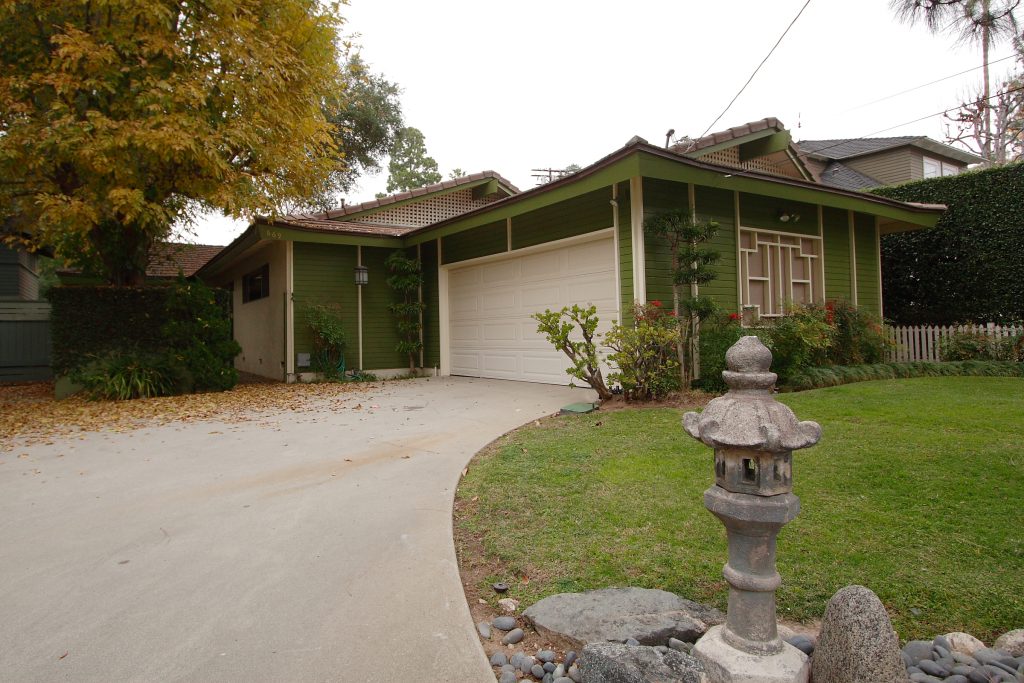Coldwell Banker
388 S. Lake Avenue,
Pasadena, CA 91101
office: 626.797.6500
Email: [email protected]
Federal Reserve’s Proposed Home Appraisal Rules May Not Prevent Inaccurate Valuations
You may have missed it, but the Federal Reserve proposed far-reaching new rules Oct. 18 that could affect home real estate appraisals — and millions of owners’ equity holdings — nationwide.
The rules, which are scheduled to take interim effect in December and then be finalized next spring, prohibit outside interference in appraisers’ valuations and require lenders to report evidence of appraiser misconduct to regulatory authorities. They replace the controversial Home Valuation Code of Conduct imposed on the mortgage and real estate industries last year by giant investors Fannie Mae and Freddie Mac.
But here’s a key practical question: Under the Fed’s new proposals, are you as a buyer, seller or refinance applicant certain to be protected against inaccurate valuations produced by appraisers working for low fees who are unfamiliar with your local market?
Complaints about such problems exploded in many parts of the country after Fannie Mae and Freddie Mac adopted their code, and critics streamed to Capitol Hill to get federal appraisal rules changed. That appeared to be accomplished when Congress passed the massive Wall Street Reform and Consumer Protection Act in July. The law instructed the Fed to issue replacement rules for home appraisals — eliminating the Fannie-Freddie code — within 90 days after enactment of the legislation.
What’s the read on the changes, at least in the proposal’s current form?
“It’s just a rehash” of the code, said Pat Turner, a Richmond, Va., area appraiser and critic of the Fannie-Freddie rules.
Leslie Sellers, president of the 26,000-member Appraisal Institute, a professional group based in Chicago, says the Fed’s proposals include important core principles of freedom from coercion and outside influence on valuations, but don’t lessen the current system’s tilt toward cut-rate fees and short turnaround times over appraisal quality.
Frank Gregoire, past chairman of the Florida Real Estate Appraisal Board and incoming chairman of the National Assn. of Realtors’ appraisal committee, said that “until the federal banking agencies decide to enforce some of the words they’re putting on paper, the public can expect business as usual.”
What is business as usual? Most consumers don’t understand the system or where the hundreds of dollars they’re charged for an appraisal at settlement go. Here’s a quick overview:
In all likelihood, the money you pay isn’t just going to the person who does the appraisal. It gets split up, and sometimes your lender is getting a sizable chunk of the action. An estimated two-thirds of home appraisals are produced by appraisal management companies, some of them owned in whole or part by big banks.
Many of those companies have slashed appraiser fees from traditional norms — $400 or $500 to the appraiser — and now hire only appraisers who agree to work for $175 to $200. They also require fast turnarounds — complete appraisals delivered within 24 to 36 hours of the assignment.
Since experienced appraisers generally refuse to work for such low compensation and rushed delivery demands, many appraisals are assigned to newcomers to the field. In some cases, critics charge, the jobs go to inexperienced appraisers who are willing to travel far beyond their home markets to get the assignment.
Gregoire and Turner say they routinely hear complaints from realty agents about low-ball valuations turned in by out-of-area appraisers who have minimal knowledge about local market trends and don’t distinguish distressed sales from ordinary sales. Sometimes the bad appraisals undervalue houses by tens of thousands of dollars and kill sales or refinancings, leaving buyers, sellers and their realty agents sputtering.
Brian Coester, chief executive of Coester Appraisal Group, an independent management company with a network of 3,000 appraisers in 50 states, agrees that low fees to appraisers “produce low-quality appraisals.”
“At $180 to $200,” he said, “you’re not going to get good work.” Pay the appraiser more — say $250 to $350 — “and now you’re going to get a quality product.” His firm averages $275 to $300, Coester said in an interview, but is constrained by the demands of mortgage lenders, some of whom will pay only $300 for the appraisal but later charge consumers $450 at closing.
The Fed’s proposal attempts to deal with the issue by requiring lenders to pay “customary and reasonable” fees to appraisers. But will that fix the problem? Maybe not. Independent appraisers say some management companies already are looking for ways to bypass the Fed, such as requiring them to sign statements in advance of their work that the fee they receive is “customary and reasonable” — even though it’s bare-bones and far below what experienced appraisers would be paid.



















































